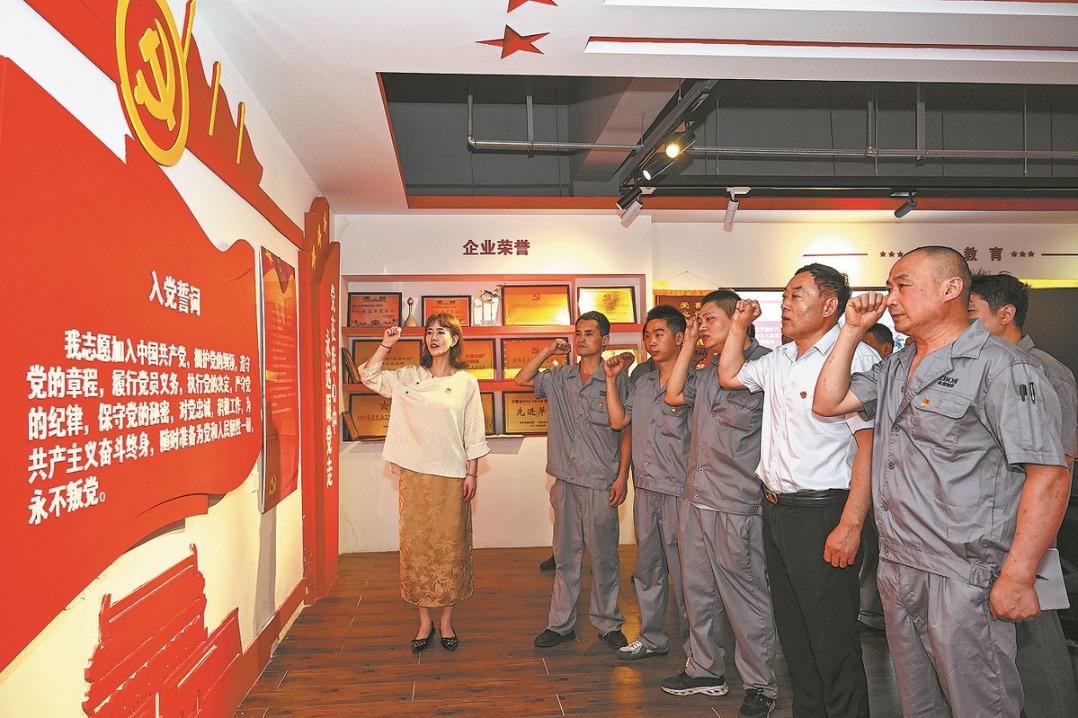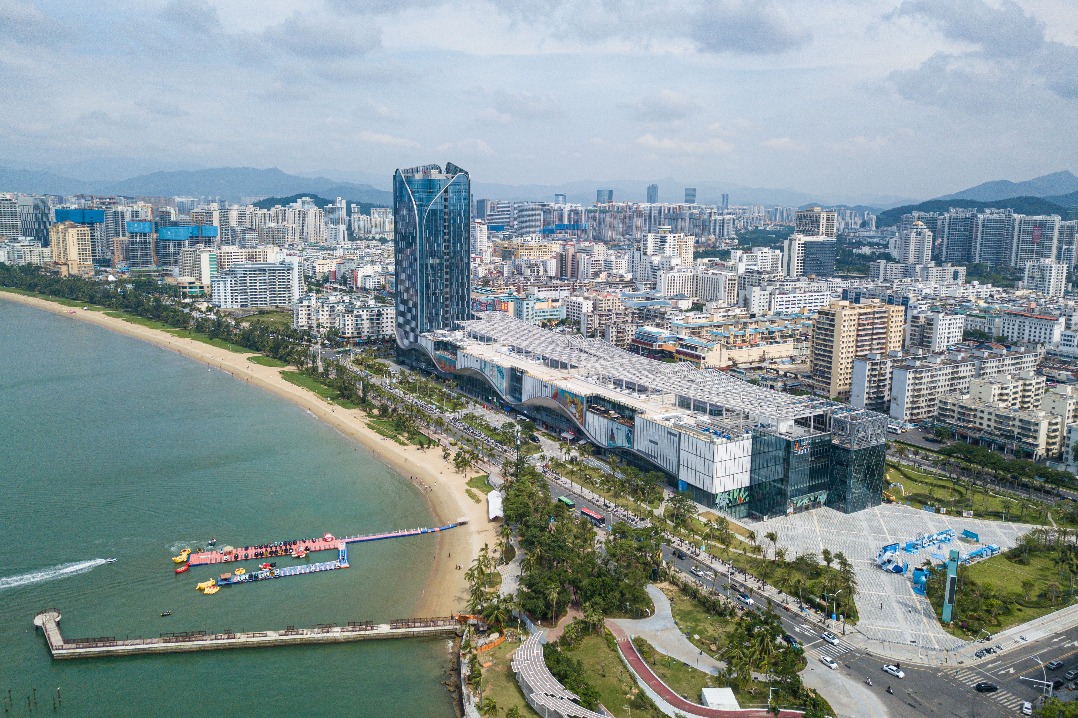'Red Building' history provides pointers to the future


Bomi, a county in the Tibet autonomous region, sits among snow-capped mountains and is home to more than 2,000 glaciers.
However, it is most famous for the "Red Building", whose revolutionary history makes it a key attraction for tourists. The name reflects both the building's color and China's revolutionary spirit.
In 1959, the central government announced the dissolution of the local Tibetan government and the launch of democratic reforms to replace the dominant feudal serfdom system.
Located in the region's southeast, Bomi lies on National Highway 318, between Sichuan province and Tibet. The section is often called one of China's most beautiful stretches of road.
In addition to its many glaciers, the county has abundant natural resources including the mountains, peach blossom observation sites, forests and plentiful wildlife.
The Red Building is located in the compound of the county's Party committee. The wooden structure is built in the Soviet architectural style and its outer wall is located in the northwest, offering a southeast-facing view.
Its overall shape is concave, and it was built in 1953 by the Kham-Tibet Road Management Bureau, a road construction body, to provide an office and dormitories. Later, the building was used as offices by the government of Zhamu, as Bomi was once known to locals.
The building is best known for its role as a command center during the "Battle to defend Zhamu", which occurred in January 1959, during an armed rebellion by members of the Tibetan upper class.
About 60 people were surrounded by more than 2,000 rebels, who they fought for more than a week before reinforcements from the People's Liberation Army arrived.
According to Zhang Qingchong, a local official who is devoted to preserving Bomi's revolutionary culture, the defenders comprised PLA troops, local officials, residents and a few members of the Tibetan upper class.
Under the leadership of Meng Xianmin, then county chief, they fought for as long as 10 days, until the rebellion was defeated with the support of the PLA reinforcements, which greatly encouraged the army's troops in other parts of the region.
























